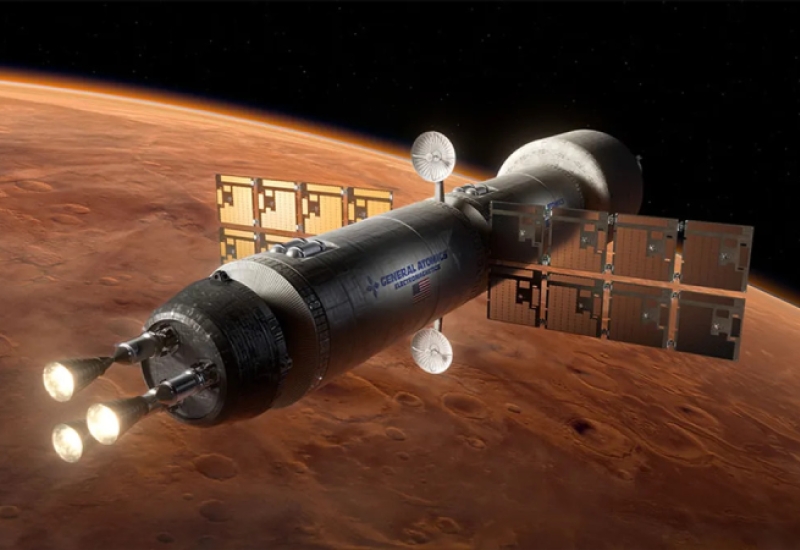Nuclear thermal propulsion reactor fuel that could take humans to Mars tested tt NASA facility

A new type of nuclear thermal propulsion reactor fuel has been successfully tested at NASA’s Marshall Space Flight Center, with hopes that the fuel could take humans to Mars in the not-too-distant future.
Getting to the Red Planet, as things currently stand, will be a long-haul mission. Mars is, on average, 140 million miles from Earth. "Rather than a three-day lunar trip, astronauts bound for Mars would be leaving our planet for roughly three years," NASA explains, adding that such a mission would require the crew to be self-sufficient for long periods of the trip.
NASA – and any others eyeing up the planet for a human mission – would rather cut travel time down as much as possible to ensure astronaut safety. Apart from anything else, exposing astronauts to higher levels of radiation, free from Earth's protective atmosphere, is not ideal.
However, we are reaching the limits of how far and fast we can propel humans – and all the things they need to live – across space. Traditional chemical propulsion is limited too much by its own mass. It takes a lot of it to get spaceships up to good speeds, and using these methods will take at least six months to get to the Red Planet, with a return journey of about the same time.
As such, scientists are looking into other methods of propulsion, from pulsed plasma thrusters to solar sails. One promising option is Nuclear Thermal Propulsion (NTP).
"NTP systems work by pumping a liquid propellant, most likely hydrogen, through a reactor core," the US Office of Nuclear Energy explains. "Uranium atoms split apart inside the core and release heat through fission. This physical process heats up the propellant and converts it to a gas, which is expanded through a nozzle to produce thrust."
General Atomics Electromagnetic Systems (GA-EMS) is developing fuel for an NTP system – and in several high-impact tests at NASA’s Marshall Space Flight Center (MSFC) run in conjunction with NASA, the fuel withstood a peak temperature of 2,600 Kelvin (2327°C, or 4,220°F). The tests were designed to see whether the fuel would withstand the "extreme operational conditions" of space.
Of course, further design and testing will be needed before NASA can think about adopting this technology. But if all goes well, this could significantly cut down the time it would take to get humans to Mars.
Source: IFL Science
Image: General Atomics







